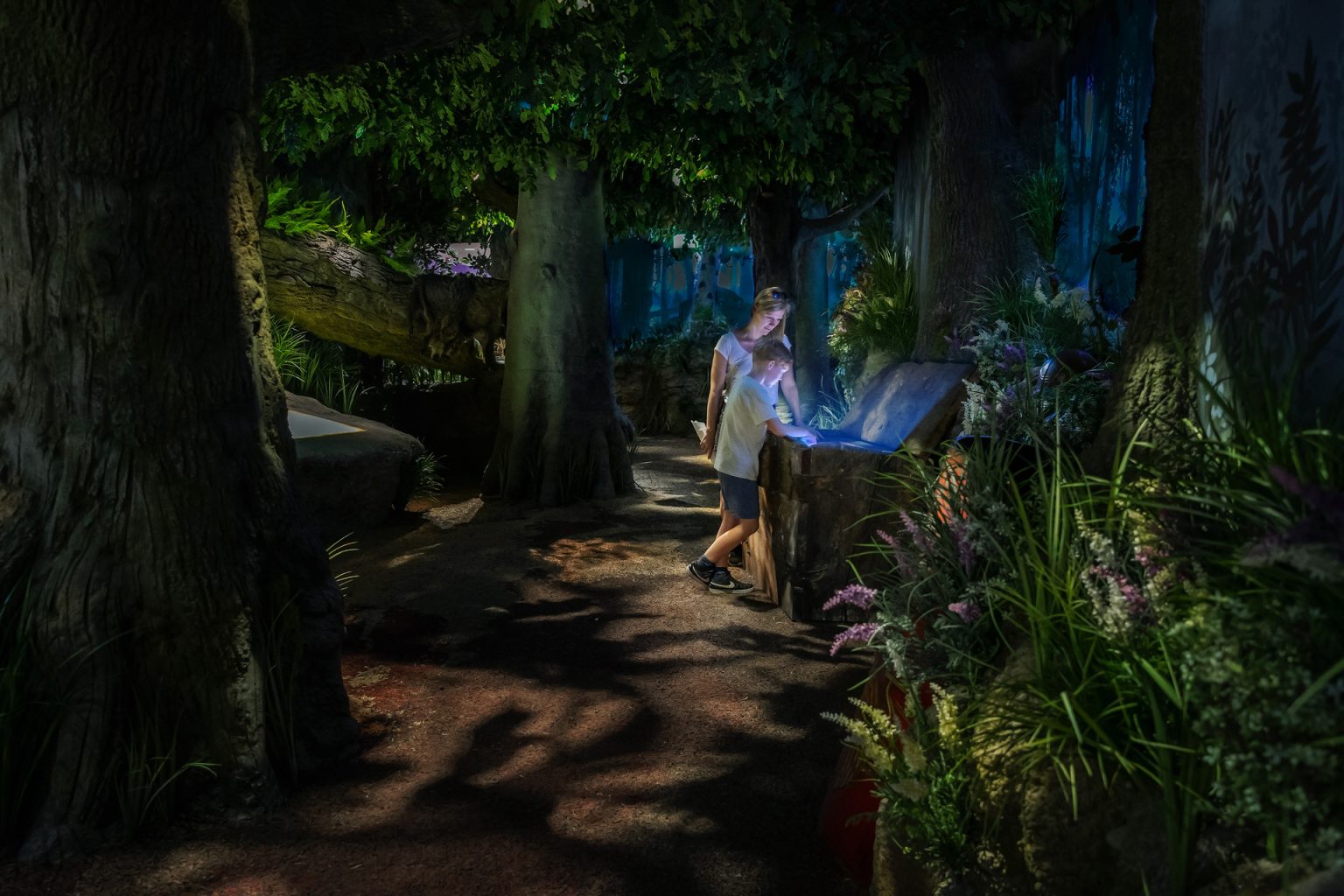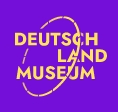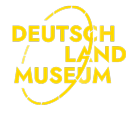
The Germanic Peoples
9
The Germanic Peoples
The Germanic peoples take on Rome
The Romans used the name “Germani” to refer to the large number of tribes that had settled in Central and Northern Europe. Not constituting a single nation and never developing any unitary political structures, they were united only by the similarity of the Germanic languages that they spoke.
Living in villages made up of wattle and daub buildings – timber frames covered with mud and other composite materials – a single tribe could incorporate many settlements, but never developed urban structures or a money economy. Although they used a runic script, found as short inscriptions on monuments, everyday objects and weapons, the Germanic tribes did not develop a literary culture. As such, our understanding of Germanic history and culture comes from Roman reports and archaeological excavations.
Arminius and the battle of the Teutoburg Forest
After bringing large areas of Germania under Roman control by 8 BC, the Roman governor Varus set about organizing it in into a Roman province in 9 AD. His plans were dealt a crushing blow by the uprising of several Germanic tribes led by the Cheruscan Arminius. Having grown up under Roman tutelage and advancing to a position of power within the Roman Army, Arminius understood the weaknesses of the Romans and was able to exploit them for his own ends.
After bringing large areas of Germania under Roman control by 8 BC, the Roman governor Varus set about organizing it in into a Roman province in 9 AD. His plans were dealt a crushing blow by the uprising of several Germanic tribes led by the Cheruscan Arminius. Having grown up under Roman tutelage and advancing to a position of power within the Roman Army, Arminius understood the weaknesses of the Romans and was able to exploit them for his own ends.
After persuading several tribes that application of the right tactics by a united force of Germans would bring success, he used a decoy to entice Varus and his legions into an impassable forest area. Unable to form up into battle order, the legionaries could not mount an effective defence against days of repeated hit and run attacks. Some 20,000 Romans were killed over the course of three days; Varus and many of his officers committed suicide in an attempt to save their honour. The catastrophic defeat caused the Romans to retreat behind the Rhine and Danube and erect a fortified border

Face mask of a Roman officer, archaeological find from the presumed site of the Battle of the Teutoburg Forest (source: Wikimedia Commons, user Einsamer Schütze, CC BY-SA 3.0 Deed)
The Limes: a political and cultural border
Seeking to keep the warlike Germanic tribes at bay, the Roman Empire constructed the Limes, 950 kilometres of border fortifications along the Rivers Danube and Rhine. Reinforced and extended over centuries, it marked the most northerly border of the Roman Empire in continental Europe and provided the protection needed for the development of Roman urban culture. The oldest German cities such as Cologne and Trier developed in this area.

The Limes formed the border between the Romans and the Germanic tribes for centuries Modern reconstruction of a watchtower on the Limes in Altmühltal, Germany (source: shutterstock/thephotofab)
From the 3rd century AD, Germanic tribes fleeing war and natural disasters left their settlements in search of food, thereby sparking a large-scale period of mass migration, referred to for many centuries as the Barbarian Invasions of Western Europe. Moving into Roman territory, large Germanic tribes assumed political control of areas of the collapsing Roman Empire, from which new Germanic kingdoms emerged.
Share article
0009
Coming together in 9 AD to fight against the Roman Empire, an alliance of Germanic tribes routed a force of 20,000 legionaries at the Battle of the Teutoburger Forest.
Epochen im Museum

About the Deutschlandmuseum
An immersive and innovative experience museum about 2000 years of German history
The forest of the Varus Battle
Knowledge is just one click away
Embark on a journey through 2,000 years of German history. One country, 12 epochs. You’re invited to experience the Epoch Weeks at the Deutschlandmuseum. Every week we showcase an epoch that is also on display in the Deutschlandmuseum.
FAQ
The Germanic tribes lived in small settlements in buildings made of timber and composite materials including soil, animal dung and straw. A tribe comprised a number of villages located in a specific area.
The word deutsch comes from the Old High German word thiutisk meaning “belonging to the people”. This meant that a person belonged to a group bound together by the fact of its speaking a distinct Germanic dialect. The English name “Germany” and the Italian name for Germany – Germania – developed from the Latin Germania.
The term Germani was a Latin collective noun used to refer to a large number of different tribes. These tribes settled not only in the area of present-day Germany, but were also found throughout Central and Northern Europe. The association between the historical Germani and modern-day Germans was drawn first in the 19th century by historians searching for historical roots of the German national identity being developed at the time.
The Germanic tribes migrated from Northern Europe to Central Europe in the course of the 3rd to 1st century BC and displaced the local inhabitants of the area such as the Celts.

